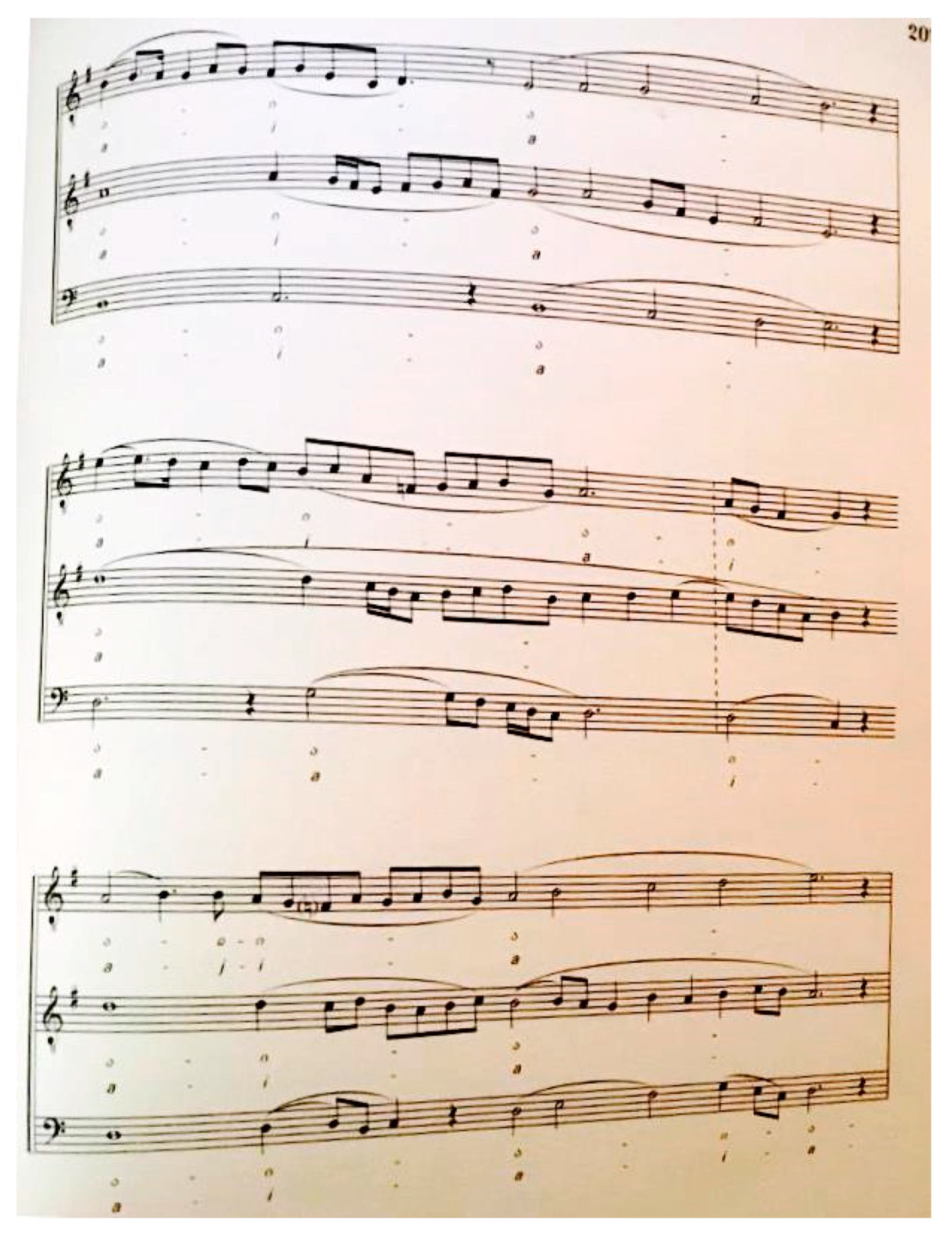



In the Medieval and Renaissance periods, however, there just wasn’t much instrumental music that was written down. For example, later in the semester when we study the Classical period, if you hear someone singing you know the piece cannot be a symphony or string quartet. In most of the periods of history there is a clear dividing line that will enable you to eliminate around half of the genres you’ve listened to: vocal vs. If you can recognize them, that will often make identification of the specific title and composer much easier. Every genre has certain general characteristics. Often it’s best to learn how to identify the genre first.

You will need to study the characteristics of each piece that will enable you to recognize that piece when you hear them. This document is designed to help you train your ear to listen for some of those telltale characteristics. This of course assumes that you have done your homework and know what to be listening for. To do this you should be constantly asking yourself the question: what am I hearing? Can you discern the texture, the instrumentation, the tempo, the form, and the melodic style? Often there will be one single characteristic that will give away the genre, or at least enable you to eliminate all but a couple of possibilities. You need to dig down into the music with your ears and hear what is going on in the music. To succeed on listening exams you need to do more than just listen to the overall sound of a piece.


 0 kommentar(er)
0 kommentar(er)
